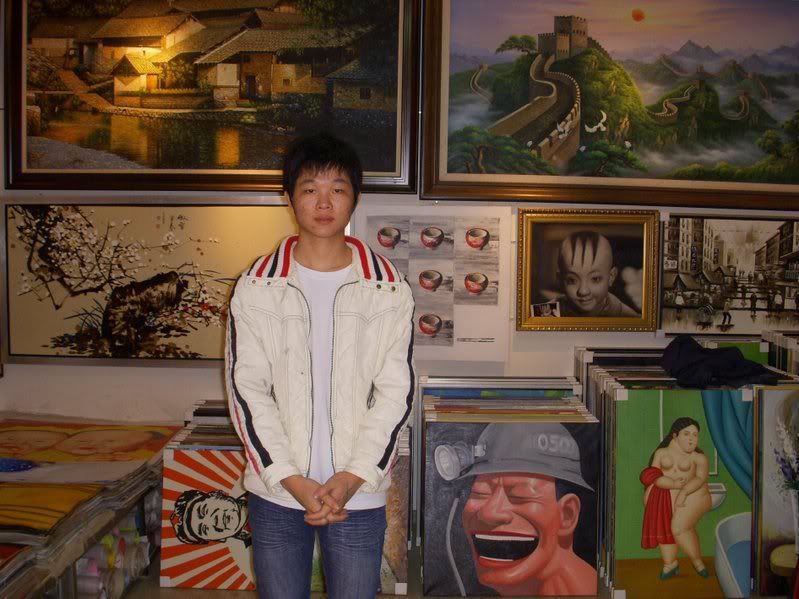I was looking at the ways in which people use the collections data, images and other media that many museums and galleries have made available online.
On January 21, 2008 I posted on The Commons, a collaborative project between Flickr and The Library of Congress.
LOC is posting images from their collection that have "No known copyright restrictions".
I immediately wondered why they hadn't deemed them "public domain".
Here's their explanation:
No known restrictions on publication means that the Library is unaware of any restrictions on the use of the image. There are generally two cases where this phrase is used:
1. There was a copyright and it was not renewed.
2. The image is from a late 19th or early 20th century collection for which there is no evidence of any rights holder:
* There are no copyright markings or other indications on the images to indicate that they were copyrighted or otherwise restricted, AND
* The records of the U.S. Copyright Office do not indicate any copyright registration, AND
* The acquisition paperwork for the collection does not contain any evidence of any restrictions, AND
* Images from the collection have been used and published extensively without anyone stepping forward to claim rights.
These facts do not mean the image is in the public domain, but do indicate that no evidence has been found to show that restrictions apply.

